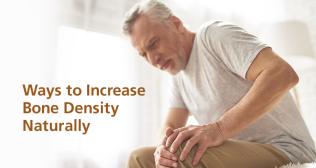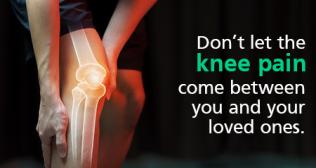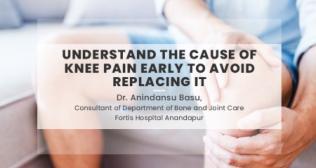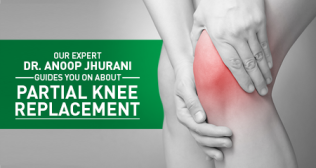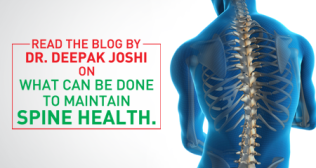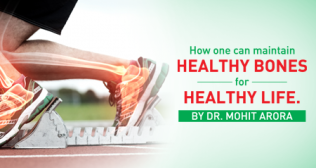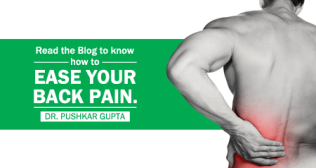
Take A Big Leap With Knee Replacement

Total Knee Replacement (TKR) surgery has been designed for people whose knees have been severely damaged by diseases such as osteoarthritis, rheumatoid arthritis, post-traumatic arthritis, etc. During the surgery, the damaged joint is replaced by an artificial joint, which is cemented into the place, making knee as good as new. Patients with painful, deformed and damaged knees have very good outcomes after surgery and are helped to walk within a very short time. TKR allows people to resume their daily activities comfortably, which were often put on hold because of severe arthritis. It will be appropriate to say that ‘TKR gives you freedom from pain and movement towards life’.In present times, knee replacement is a fairly regular procedure. Although traditional TKR has a high success rate, yet there are consistent endeavours to improve knee replacement surgery with devices and instruments to create better patient outcomes. Patient Specific Instrumentation (PSI) PSI is a revolutionary new technology for knee replacement surgery that utilises patient’s MRI and X-ray reports to design and create customised surgical instruments based on their unique anatomy. Surgeons upload patient MRIs and X-ray reports into an advanced web-based software. The software then maps out the patient’s anatomy and re-establishes true alignment. Specific cutting blocks and instruments are created that match the outer shape and contours of the patient’s knee joint bones. Benefits of PSI • Bone conservation: By customising bone cuts, more bone may be preserved, which gives patients more options in the event that they may need revision knee replacement surgery in the future. • Stability: By making anatomically precise cuts of the bone, the knee implant is accurately aligned to fit the patient’s anatomy. • Long lasting: These make for among the long-lasting and lightest joint implant materials in use today. • Return to active lifestyle: Surgeons may be able to utilise minimally-invasive surgical techniques, giving patients the potential to return to their active lifestyle faster. • Reduced anaesthesia time: By determining proper implant size and alignment before surgery, surgeons may be able to reduce anaesthesia time and minimise the risk of infection.







